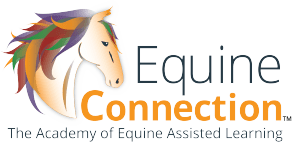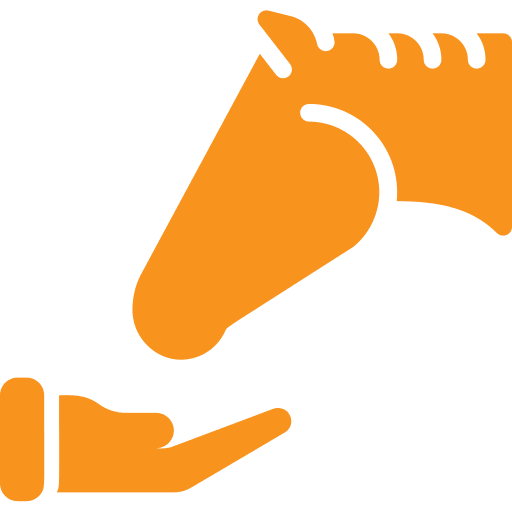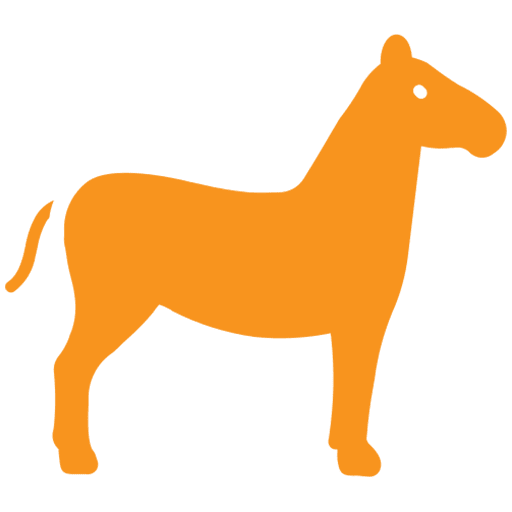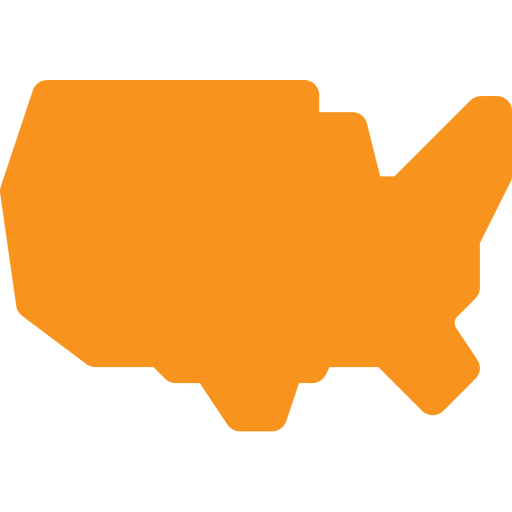Join Equine Connection's FREE "Email Newsletter" Made For Horse Lovers & Equine Business Alike….
6 Ways to Be There for Your Equine
We had the pleasure of chatting with Doug Walsh again on our Equine Welfare Series, after having extreme technical difficulties last time we tried to chat.
Doug Walsh is a Natural Horsemanship Trainer, originally from Colorado, having moved out to the east coast about 12-years ago to the deep south of Florida. He moved to a town called Wellington, Florida, which is the horse capital of the world.
As a horsemanship trainer, it is vital to truly understand how horses communicate and how they understand; not how we as people understand. Horses understand one language and that is energy. They are about 95% energy based creatures and so when you watch them in herds and how they react to each other, we can learn so much.
This is so important when we look at the welfare of our horses. How can we understand the psychology of the horse? How can we read their body language? How can we read their 17 different facial expressions? How do we get on the same page as them to teach them properly?
This is where the tripod theory comes in:
- You have to have trust.
- You have to have respect.
- To get both trust and respect takes patience.
If any of these legs of the tripod gets kicked out, the tripod is going to fall over and there’s going to be a disaster.
With that in mind, are you teaching your horses through trust-based respect? Or is it fear-based respect?
If it’s fear based, chances are your horses are only giving you 55-60%. However, if you truly build that relationship with them and work with them with trust and respect, they’ll give you 100-150%! As horses are prey animals by nature, 24/7 they’re on the lookout to see if something is going to kill them. It’s our job to teach them that they’re going to be safe in our care and teach them that they have nothing to be fearful of, just as a herd leader would do.
So, how can you be there for your horse?
- Go and watch herd based, dynamic type of videos on YouTube and watch how herds interact with each other. Make sure that you really understand how they approach each other, move each other and interact with each other.
- Understand the appropriate pressure and release. Understand that when we apply pressure, there will be a reaction. Horses don’t learn off of the pressure itself, they learn off of the release of pressure. And if you don’t release that pressure quick enough, the horse will not learn.
- Give your horses the opportunity to think for themselves. Let them think on their own to make the right decisions based on you being the leader.
- Establish your boundaries and groundwork with respect.
- Teach them how to lead properly. Get a strong rope halter and just teach your horse to walk next to you. Their eye should never pass your shoulder. Walk slower, ask them to slow down with you. When you walk a little faster, ask them to walk faster with you. Get them on the same page as you.
- Think with the right intention. If you’re not in the moment and thinking of all the what-if’s, your heart rate will escalate and so will your horse. Be grounded and do everything with intention.
JOIN EQUINE CONNECTION'S FREE Email Newsletter
MADE FOR HORSE LOVERS & EQUINE BUSINESSES ALIKE….
Join our community of 118,000+ Life Changers forging their own paths with horses - whether for business or pleasure.
You'll Receive Weekly Emails Designed to Transform Your Relationship With Your Horse, Elevate Your Equine Business & So Much More!













